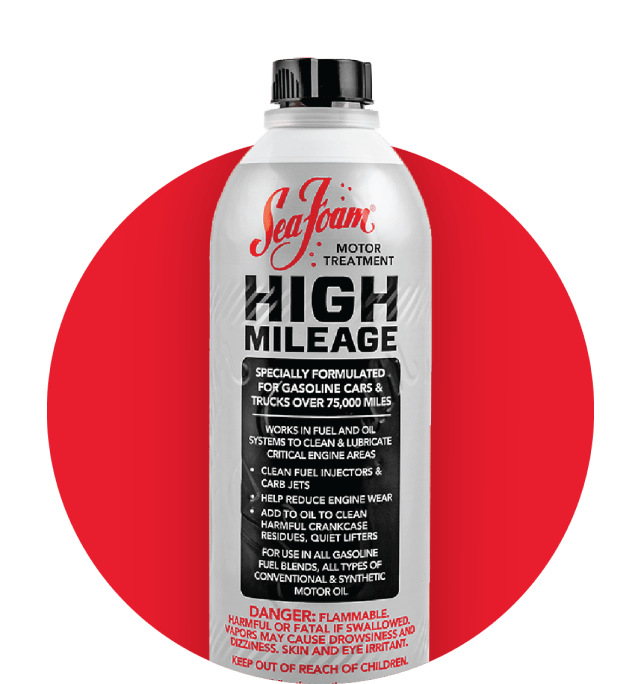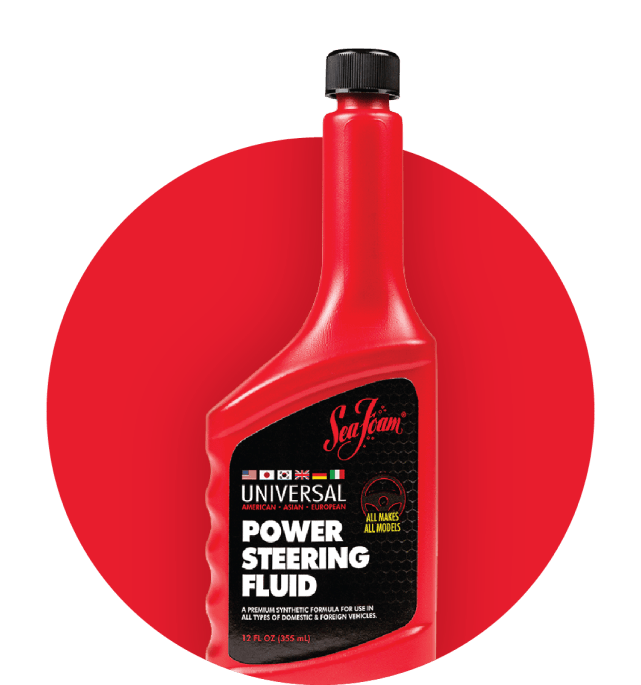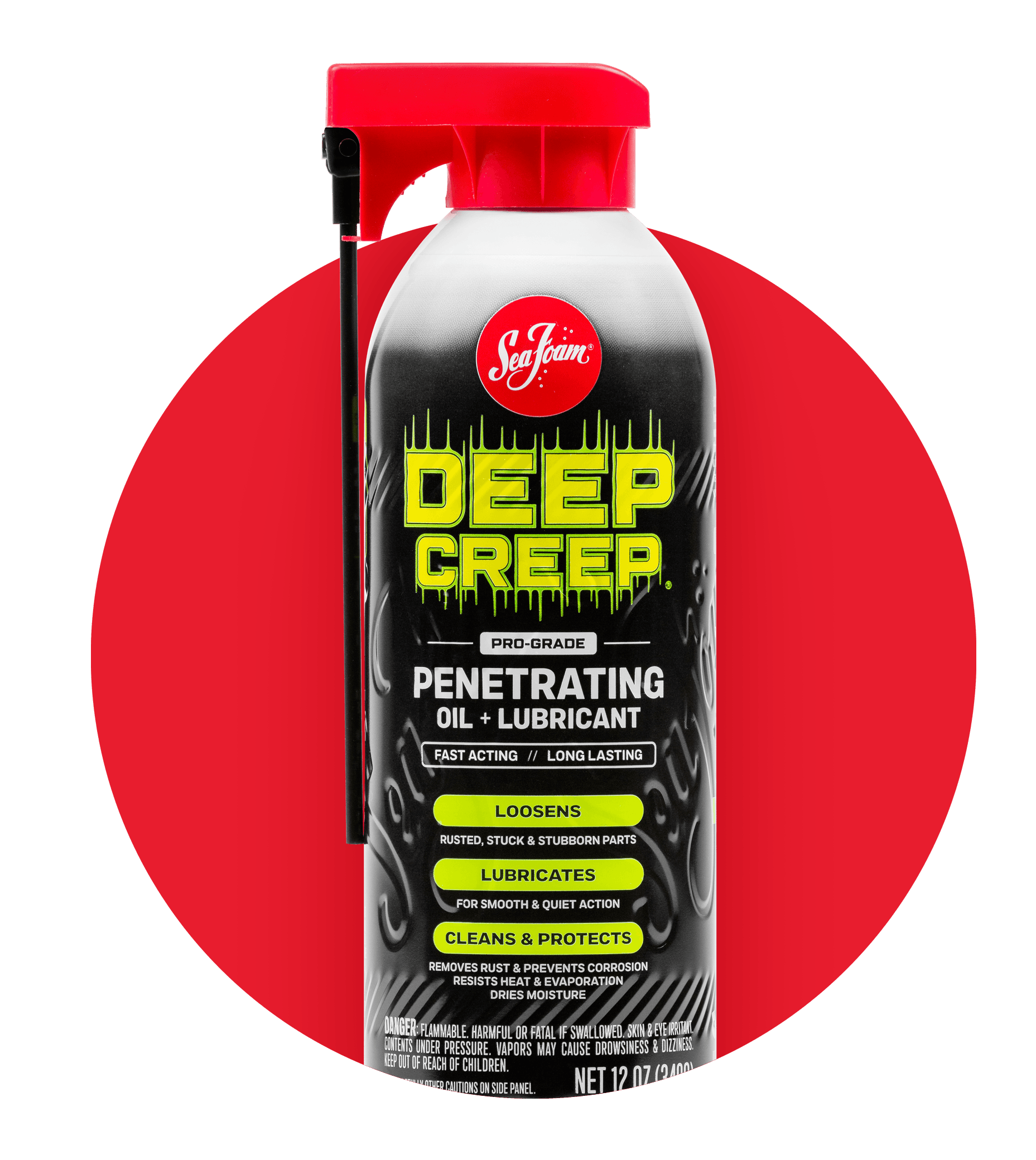HOW TO CLEAN AND MAINTAIN FUEL INJECTORS
The benefits have been improved vehicle performance, lower emissions and less maintenance.
HOW TO CLEAN FUEL INJECTORS
Though you can’t actually see or access them without disassembly, fuel Injectors are generally pretty easy to maintain. The biggest problem is clogging of the injector tip, which can happen over time because of fuel contaminants and fuel degradation. Blocked injectors can lead to rough running, low power and other problems.
If you notice poor idle, problems with power, poor mileage, or a check engine light with a lean code or random misfire, ensure you have good fuel delivery by cleaning your injectors with Sea Foam Motor Treatment.
HOW FUEL INJECTORS WORK
Fuel injectors perform the same fundamental task as their carburetor predecessors — delivering fuel to combustion chambers — they just do it in a very different way.
Injectors are part of an electronic engine management system. An engine control unit (ECU) monitors inputs such as engine temperature, rotation speed, and performance demand to determine spark and the timing of fuel delivery. Injectors deliver fuel in precise amounts and specific spray patterns, either directly into cylinders or through a manifold or throttle body.
Injectors are very simple internally, featuring a solenoid and needle valve. Because the ECU decides when and how long that solenoid is opened, injectors don’t require adjustments to deliver the same amount of fuel in every situation.
Injectors allow the engine to start more consistently, run smoother, run cleaner, and in many ways can be easier and safer to tune in performance applications. But they are not exempt from maintenance considerations.
How SEA FOAM helps
KEEP INJECTORS CLEAN
#seafoamworks
related
products
For motors of all shapes and sizes.



